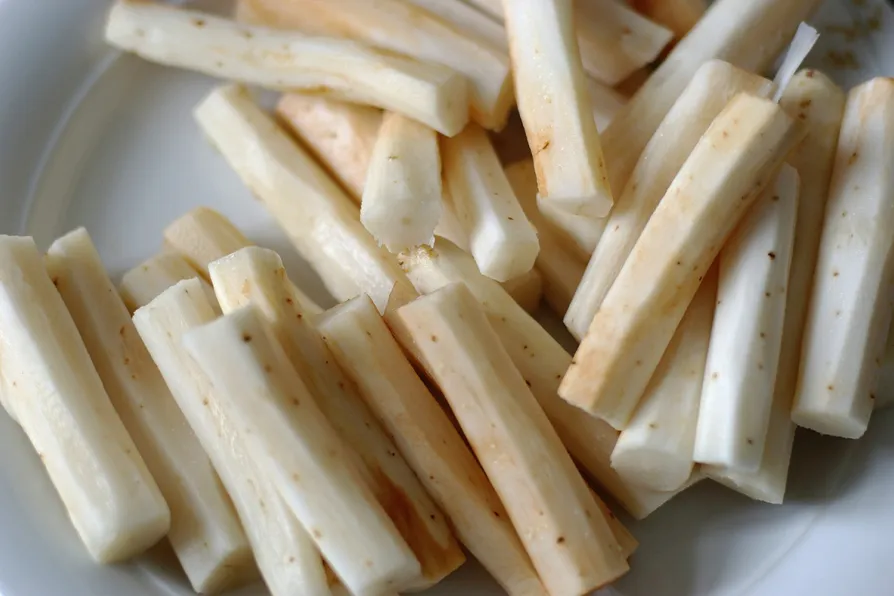After years hidden away, Oldham’s memorial to six local volunteers who died fighting fascism in the Spanish civil war has been restored to public view, marking both a victory for campaigners and a renewed tribute to the town’s proud International Brigade heritage, says ROB HARGREAVES
Going back to your roots
April is the time to get planting a crop of scorzonera, says MAT COWARD

 Scorzonera
[Steffen Zahn/Creative Commons]
Scorzonera
[Steffen Zahn/Creative Commons]
SCORZONERA belongs to that group of root crops which are listed in almost every seed catalogue, and described in almost every gardening book, but aren’t actually grown all that often in gardens or allotments.
I’m not sure why that is. Scorzonera isn’t difficult, and it’s a versatile vegetable with a pleasant, if not especially strong, flavour.
Perhaps it’s simply that folk have better things to do in the winter than dig long roots out of cold soil and then scrape the frozen mud off them in the kitchen sink.
Similar stories

MAT COWARD presents a peculiar cabbage that will only do its bodybuilding once the summer dies down

MAT COWARD rises over such semantics to offer step by step, fool-proof cultivating tips

Well, MAT COWARD did, and here’s his introduction to it

Although there’s not much growing in the garden in January, globe artichokes are worth a try if you follow these tips from MAT COWARD










